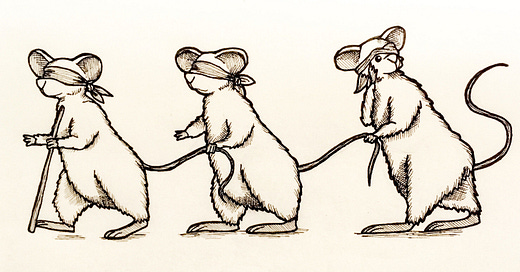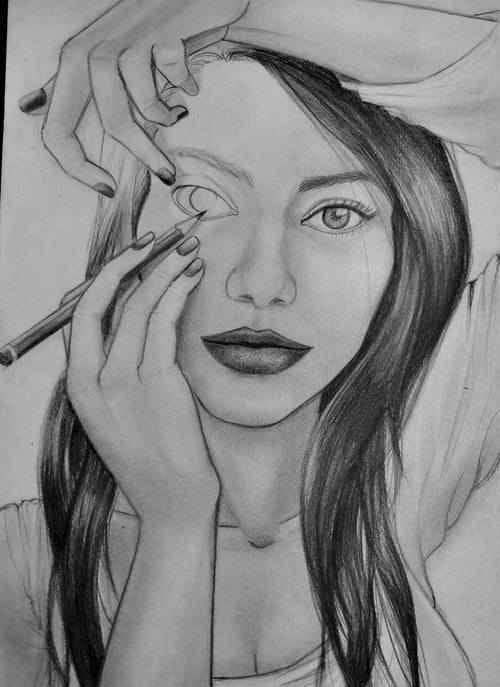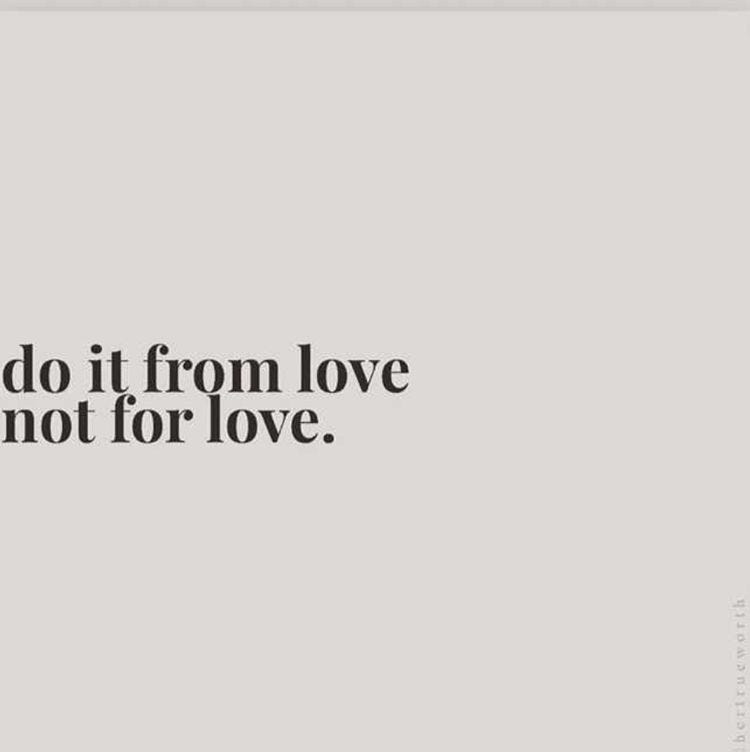Part 3
To recap my intention on emotional validation:
Observe and Feel.
Be Neutral and Get Personal.
I’m into the dichotomy of life, so I’ll always affirm and deny both sides.
Rose colored glasses are a thing. It comes from perceiving circumstances from an emotional lens. But I’m here to remind you to alternate your groovy glasses for some binoculars.


Emotional validation is moving through life and not realizing you’ve left your pink glasses on. This series is to point out experiences that indicate your binoculars have been buried in a drawer.
Let’s review the chart.
3. Blind Spots
Having a blind spot is as obvious as it sounds. It’s overlooking or missing an important piece of information. For our conversation this could be a negative trait, hazardous relationships or red flags invisible to your perception.
Blind spots differ from toleration because there is truly a lack of recognition. When someone tolerates another, they have awareness of what is happening but choose to continue any way. To the outside eye someone with a blind spot appears naïve, dumb or in denial.
A hallmark trait is everyone else can see what they don’t. They either can’t connect with the opposing opinion or they simply have no clue what their community is referring to.
The red flags are invisible to the person with the blind spot, but the emotional validation is invisible to their social circle (leaving both sides confused). Here’s specifics on what a blind spot could look like:
Three Key Factors
You Don’t See Flaws
Characteristics that could be detrimental to the relationship are simply not perceived. I find that it results from a belief that is so strong it won’t allow other pieces of information to penetrate their awareness.
ie. Someone in a church organization is accused of stealing, but no one noticed the unusual behavior of leaving meetings for extended amounts of time without a reason why. The belief of virtue didn’t perceive the suspicious behavior.
You Don’t Feel Hurt
It’s similar to being numb. The brain has a way of canceling out traumatic memories and determine what’s important to remember. With blind spots there is a shut down of some sort that blankets emotional inner turmoil.
ie. A spouse blocks out their partner’s undermining comments every day before prepping dinner.
Can’t Identify the Why
There is a genuine confusion on why certain behaviors or states of being are occurring.
ie. Someone with a blind spot may ask themselves: Why are they always in a bad mood? Why do bad things always happen to them? Why do they have the worst luck with money? They’re unable to connect the cause and effect. What is obvious to one with binoculars is not with the rose colored glasses.
Real Life Examples Applying the Chart. Validation + Hidden Addiction = Blind Spots
Appearance - He compliments her body every time he sees her which satisfies her desire to be in the spotlight, but blinds her from his interest in other women.
Personality - A young boy is praised for being studious which makes him feel noticed, but leads him to be blind to the unfair treatment his teacher gives the less academic classmates.
Impact - Her co-worker is a top seller in their department which makes her feel hopeful for her team’s job security, but her focus leaves her blind to his extended lunch breaks and messy work station.
Relationships - A high schooler is nominated for homecoming queen which her mom talked about since she was a freshmen. The nomination gave her a sense of approval yet she was blind to her mom controlling every detail of her presentation and events.
What to do?
Ask yourself: where are the gaps?
Are they fillable? Can you fill them or can the other party?
This goes back to identifying cause and effect. It’s a matter of connecting the dots between behavior and characteristics. This is the first step in moving forward, knowing there are spaces that need to be filled. (You’re not blind if you see the gap).
Identify a trusted council/sound board
Connect with friends or family who have your best interest (and ideally know how to communicate well. This is usually sensitive territory). It bears repeating, you can’t see all the pieces. Another set of eyes can hand you the binoculars.
3rd person strategy
Describe your situation in 3rd person ONLY using descriptions observable to the naked eye. Don’t include your feelings, their intentions, the potentials etc. ONLY what is observable.
ie. When I feel lonely my friends will take me out partying so I can have fun and help them get home when one things lead to another. → My friends pick up when I call on the weekends. We drink. I call and pay for an uber, then get home after everyone else returned.
Ask more questions
Get comfortable being inquisitive. This will help you fill in the gaps and frankly to be less naieve.
Pay attention and observe their response. How they respond to your inquiry will give you quality information. Did they jump to defenses? Question your question? Explain with ease? Offer insightful information?
Below is a video describing the outline above. My hope is to get your gears turning in your life and observing those around you. Taking a closer look at our interactions and experiences. It’s fun for me to pass you my binoculars and point in the distance what I see. Feel free to pass me yours and shoot me a message on your perspective. Be truthful about your feelings and astute in your observations. Stay sharp and be honest.
Consider donating on paypal , cashapp , or venmo (@el_eanordavid) to support my work
Interested in Power & Love? Review my online courses available for preorder
Curious on more of my thoughts and ideas? You can check out my Instagram









